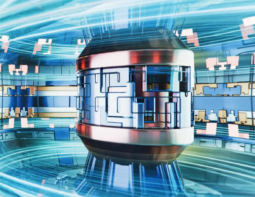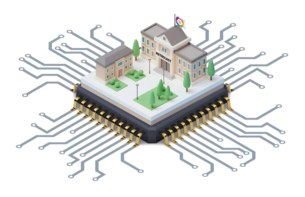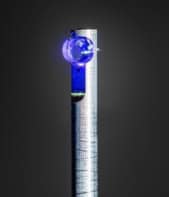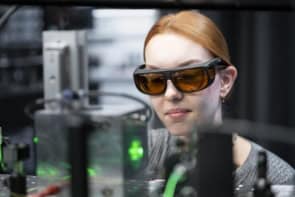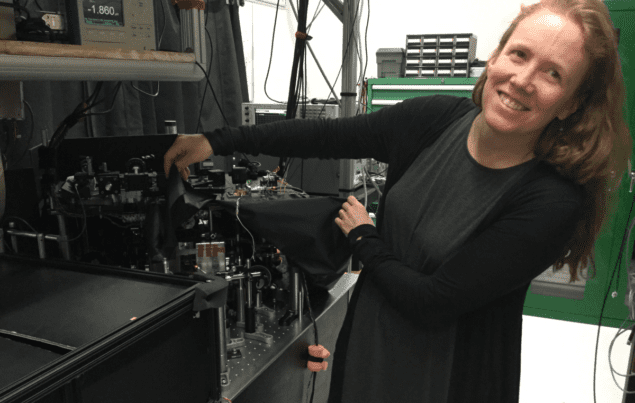
I had a fantastic visit on Thurdsay to NIST in Boulder, Colorado, where I spoke to some of the many talented folks who work there developing new technologies for metrology. There was no shortage of passion and enthusiasm so I don’t really know where to start, but here goes.
I met with Sae-Woo Nam and colleagues, who you may recall have used superconducting nanowires to try to detect dark matter and dark photons. Listen out for our conversation in an upcoming Physics World Weekly podcast.
Then I spoke with Liz Donley about her atomic gyroscope that is so sensitive it can detect the rotation of the Earth. The detector is based on atomic interferometry and Donley and her colleagues are now working on further miniaturization. You can read more in this preprint on arXiv: “Multi-axis atom interferometer gyroscope with a single source of atoms“.
A big theme for Donley, Nam and many other people at NIST is how to take a complicated technology like an atomic interferometer and package it in a chip-like system that can be taken out of the lab and used for practical applications such as navigation in the case of an atomic gyroscope.
I also met with John Kitching who leads an effort called “NIST on a Chip”, which aims to make metrology technologies used in labs like NIST available to the wider world. So instead of a company having to send a measurement apparatus to NIST or another lab for calibration, the equipment would have a NIST chip built-in, which would do the calibration locally.
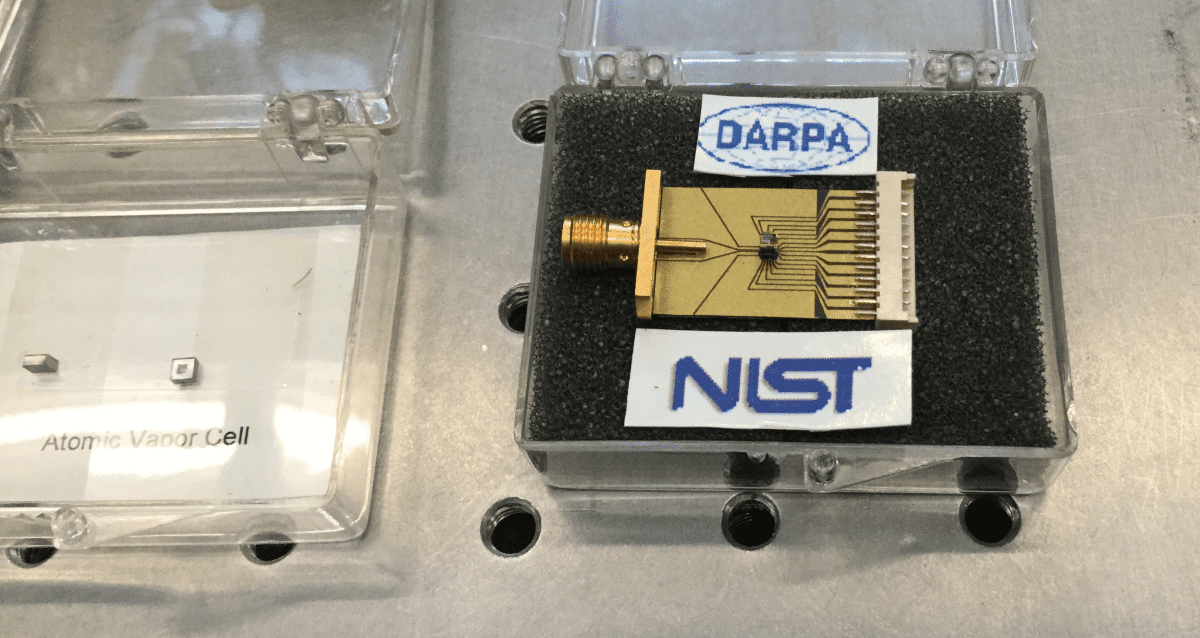
John showed me some atomic clocks on a chip (see image above) and explained that while the devices are nowhere near as accurate as national time standards, they do the job — and that seems to be a credo of NIST on a Chip.
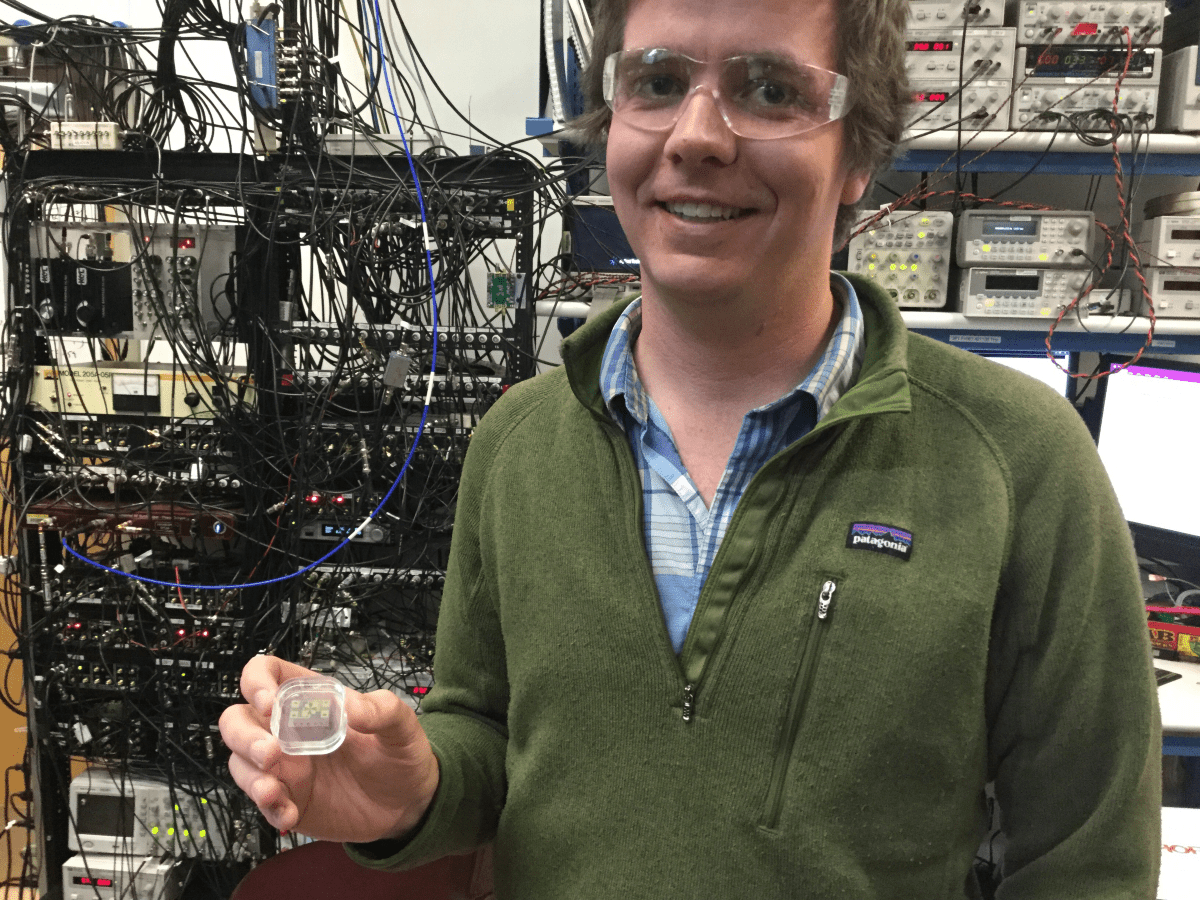
Speaking of national time standards, I also saw the most accurate optical clock in the world — which could be a contender to be a time standard of the future. That clock uses an aluminium ion to keep time, but because aluminium is tricky to work with, it is paired with a second species of ion and a quantum-information technique is used to read out the time. That clock was built by David Hume, Sam Brewer and colleagues and in the above photo, Brewer holds a chip that is used to trap the ions — yes even a clock that is accurate to better than one part in 1018 is on a chip! There is more about this clock in an upcoming podcast.
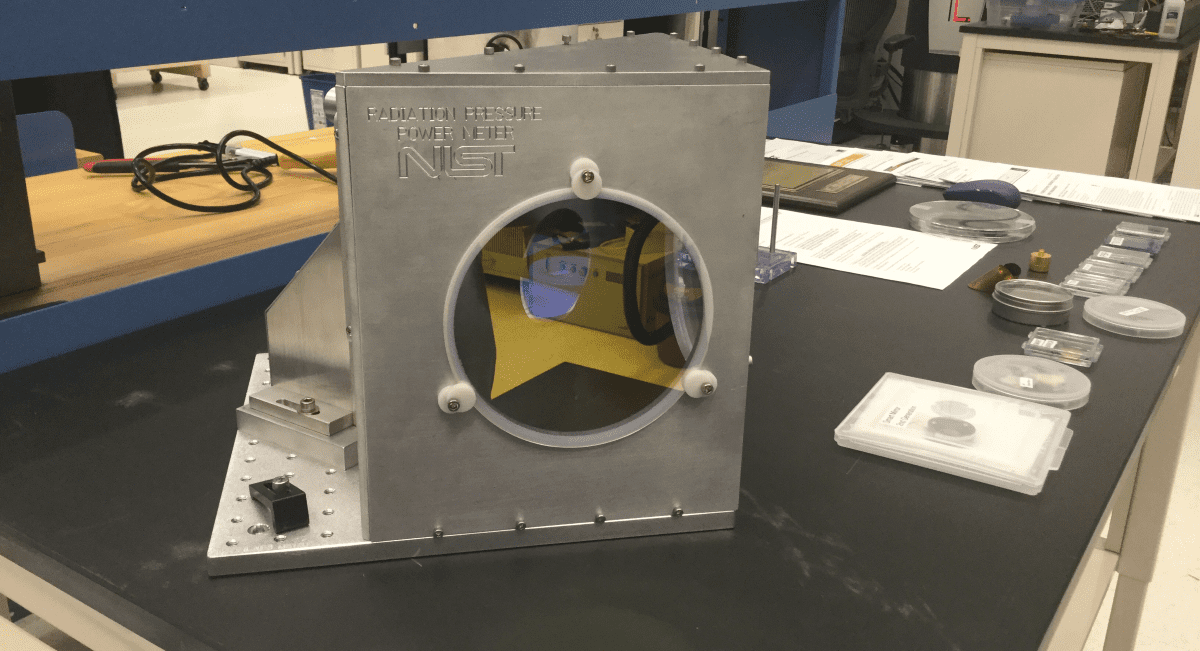
I finally found something that was not on a chip when I chatted with Paul Williams and Michelle Stephens, who are both experts in detecting light — but a very different power levels. Williams calibrates kilowatt lasers, which can easily blast a hole through a thick piece of metal. Power is normally measured by firing the laser at a huge target, which can safely absorb the energy by heating up. In NIST’s new method, the laser beam is reflected from a mirror that is mounted on a spring. The pressure of the light deflects the mirror and this is used to calculate the power. Pictured above, the device is about the size of a four-slice toaster.
Stephens develops technologies for measuring very dim light, right down to the single photon level. As well as using superconducting nanowire detectors, she also creates tiny bolometers that are coated with carbon nanotubes to make them as black as possible. She currently has devices in space on a mission that studies light from the Sun and hopes that someday a similar set up could be used to study light emitted from Earth into space.
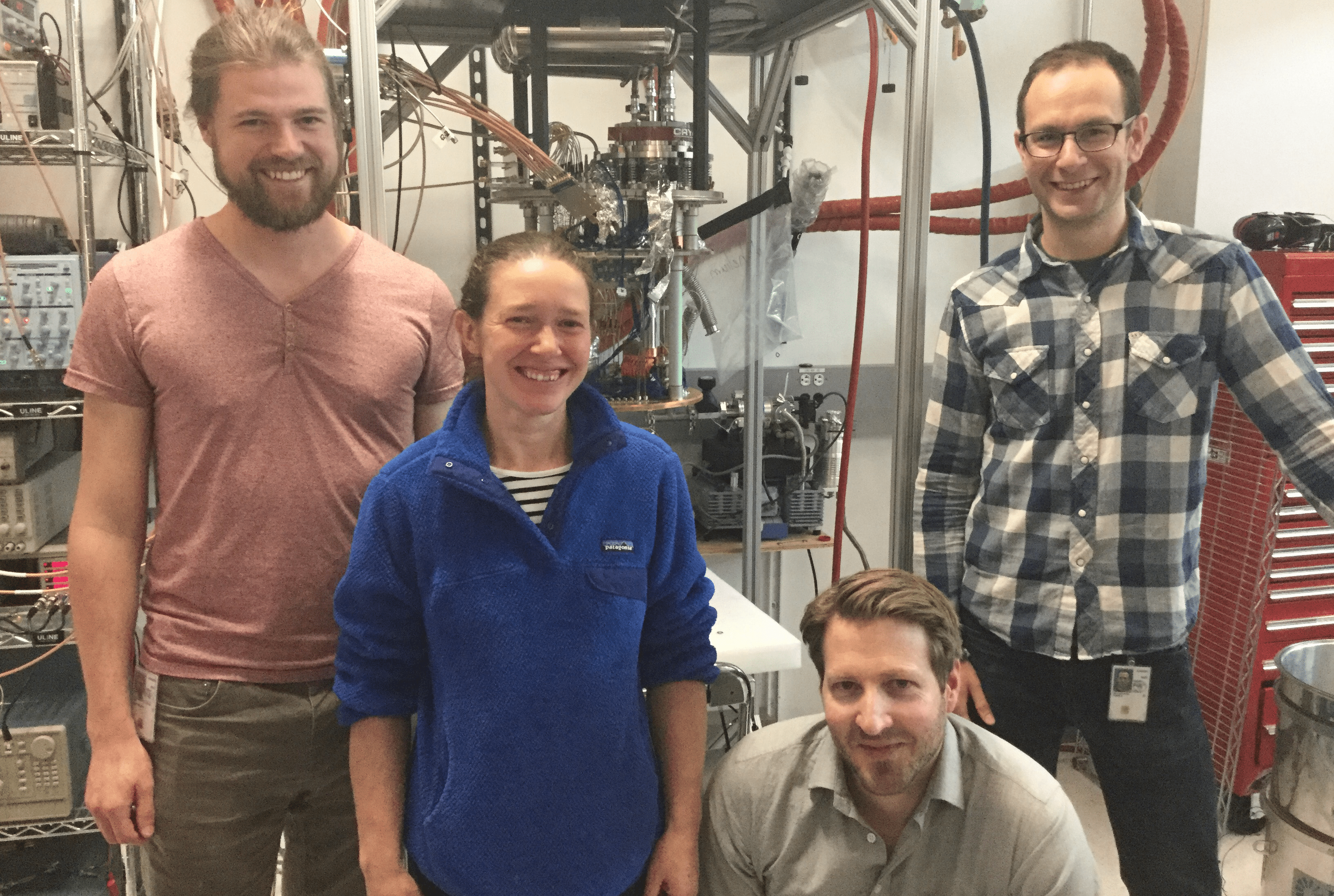
Why would you want to make an artificial neural network that combines photonics, superconducting circuits and silicon-based light emitters? After chatting with Alex Tait, Sonia Buckley, Jeff Shainline and Adam McCaughan (pictured above) I was convinced. You can find out more about their system at SOEN.SYSTEMS.
Then it was a quick dash to the University of Colorado, where I met with Ana Maria Rey — who is based at JILA, which is a joint institute of NIST and the university. She is a theorist who is focussed on how interactions between trapped atoms and light can be used gain insight into a wide range of physical phenomenon. These include using trapped atoms to gain a better understanding of the quantum mechanics of black holes. Stay tuned for more from Rey about that.
There is no stopping for me, in a few hours I will be meeting people at the university’s physics department and JILA as well.
- Hamish Johnston recorded audio interviews with several of the scientists mentioned in this article. You can listen to some of those interviews in this Physics World Weekly podcast.
